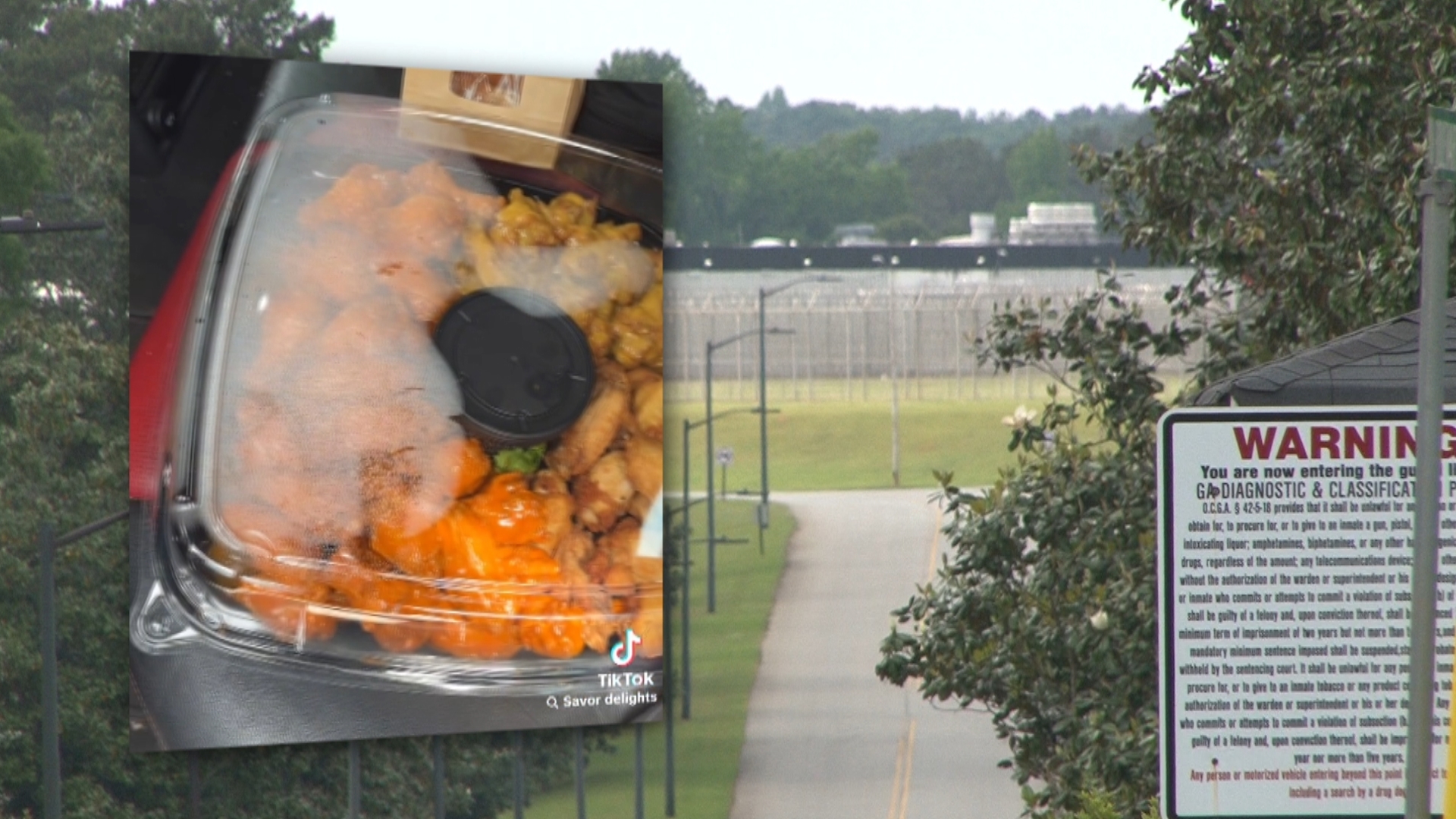JACKSONVILLE, Fla. -- A rare and painful skin reaction left a Florida man with second-degree burns one week before his wedding -- and lime juice is to blame.
The technical name for the skin reaction is Phytophotodermatitis, a toxic reaction resulting from citric acid mixed with sunlight. CBS Tampa affiliate WTSP reports it's more common in Florida, especially around summer holidays when lime juice is often used for mixed drinks, which is exactly how it happened to soon-to-be newlywed Aaron Peers.
Peers was squeezing limes to make margaritas in his backyard the Sunday before Memorial Day, never suspecting that the lime juice on his hands would turn toxic under the sun. The next night, burns started to appear, and by Tuesday he woke up to a huge blister on his hand. Peers and fiancee Alyse Golden rushed to the emergency room where he was diagnosed with second-degree burns, but the cause was still baffling to doctors.
Now, their honeymoon plans in Hawaii are on hold since he's been told to stay out of the sun.
"So the blistering is gone and now I'm left with really bright pink skin," said Peers. "The most normal reaction is, 'that's gross,' which I agree, it's super gross."
Dr. Douglas Robins sees about a dozen such cases each year, and says it can happen to anyone, not just people with an allergy or special skin sensitivity.
"If you've never had it before that doesn't matter," said Robins. "It's a combination of lime juice and the sun."
The burning and blistering is caused by the reaction of chemicals in certain plantswhen exposed to ultraviolet light. In addition to limes, other foods that can set it off include celery, parsley and parsnips. Wildflowers including Queen Anne's Lace and wild parsnip can also cause the reaction. Medscape reports symptoms typically develop about 24 hours after exposure and peak another day or two later.
The solution? Robins says just being cautious -- and making your margaritas inside and away from the sun.


